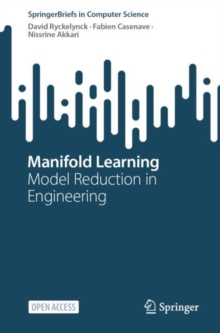
Physical Play and Children's Digital Games PDF
by Krystina Madej
Part of the SpringerBriefs in Computer Science series
Please note: eBooks can only be purchased with a UK issued credit card and all our eBooks (ePub and PDF) are DRM protected.
Description
Play engages humans cognitively, emotionally, and physically at all ages. Using a historical framework, and focusing on play as represented by material artifacts such as toys and games, this book explores play as a form of somatic engagement that reflects cultural attitudes about development and learning as these have evolved over time in western culture. Theorists in the twentieth century such as Klein and Winnicott, Huizinga and Callois, Piaget, Bruner and Vygotsy brought different perspectives to our understanding of play's role in our society. In particular, Vygotsky's theories about process provide insight into how children attend to learning and assimilate new information. The increasing use of digital media as both an entertainment and learning environment at ever-younger ages, is generating new discussions about the nature and value of play in children's development, in particular, physical, or somatic play.
The emphasis on games intended for children necessitates a discussion of the cognitive, behavioral, and neuroscience that supports play activities and physical engagement as a crucial aspect of development. The book then looks at the trajectory of digital games in contemporary culture and explores whether these artifacts (whether intended for learning or entertainment) have extended or are curtailing boundaries of somatic engagement. Finally, the book discusses alternative play and game design and, speculates on the future of new media play artifacts.
Information
-
Download - Immediately Available
- Format:PDF
- Publisher:Springer International Publishing
- Publication Date:25/11/2016
- Category:
- ISBN:9783319428758
Other Formats
- Paperback / softback from £49.99
Information
-
Download - Immediately Available
- Format:PDF
- Publisher:Springer International Publishing
- Publication Date:25/11/2016
- Category:
- ISBN:9783319428758










